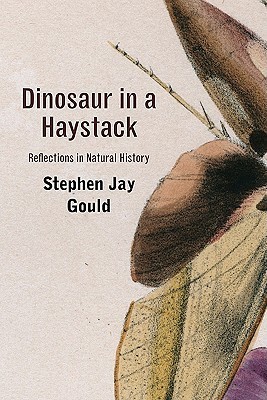What do you think?
Rate this book


480 pages, Unknown Binding
First published January 1, 1995
An amalgamated code of, say, 80 percent dinosaur DNA and 20 percent of frog DNA could never direct the embryological development of a functioning organism. This form of reductionism is simply silly . . . Moreover, frogs and dinosaurs are not even close evolutionary relatives, for their lines diverged in the Carboniferous period, more than 100 million years before the origin of dinosaurs. Jurassic Park's scientists should have used modern birds, the closest living kin to dinosaurs.